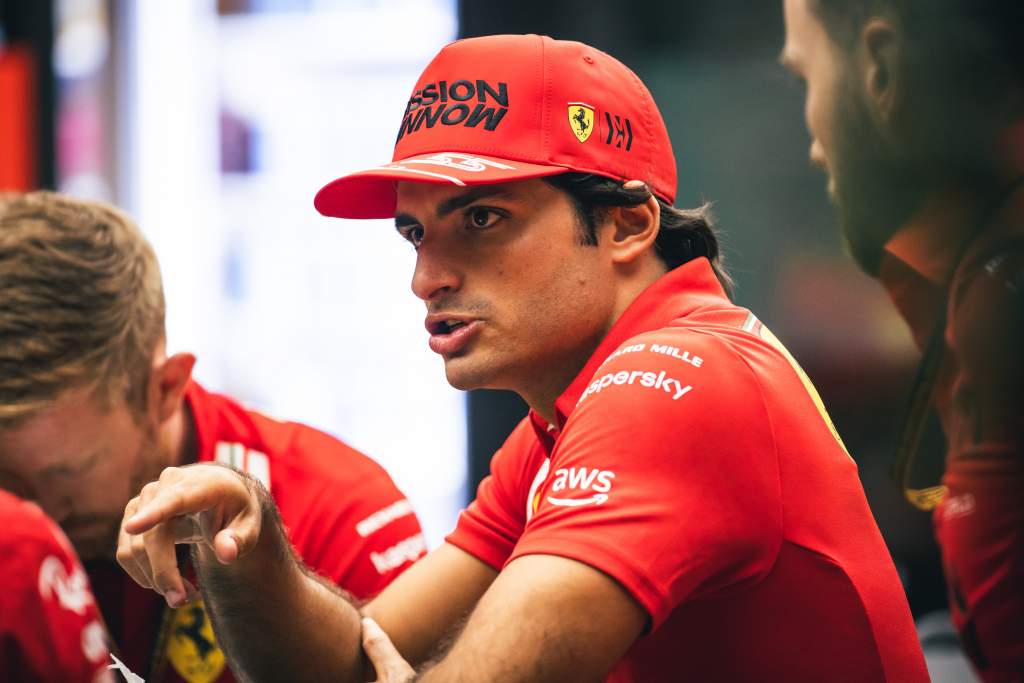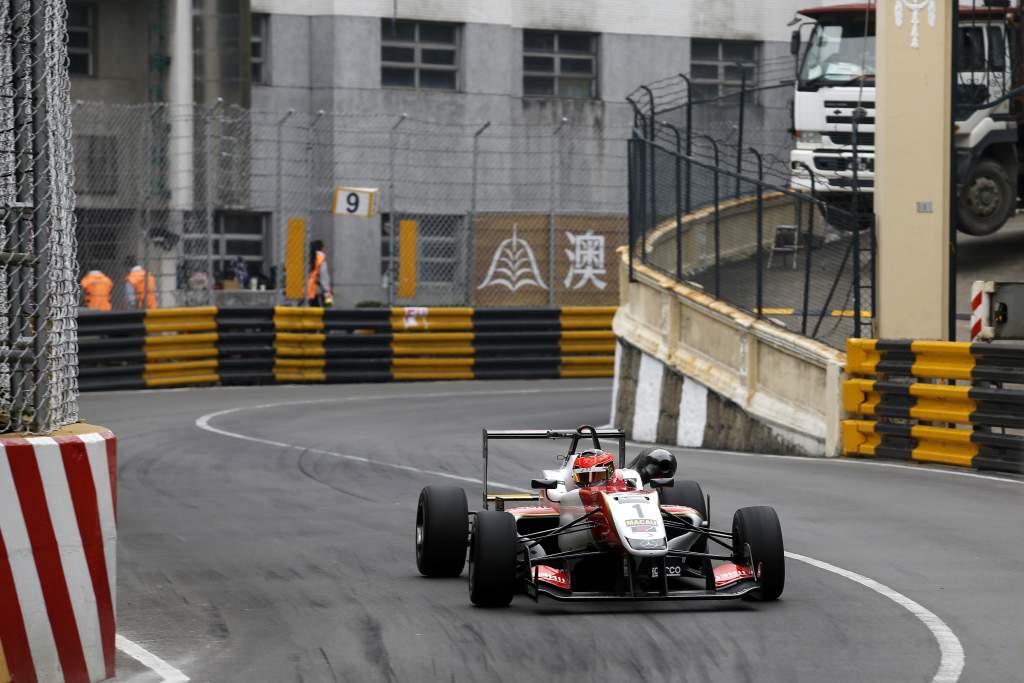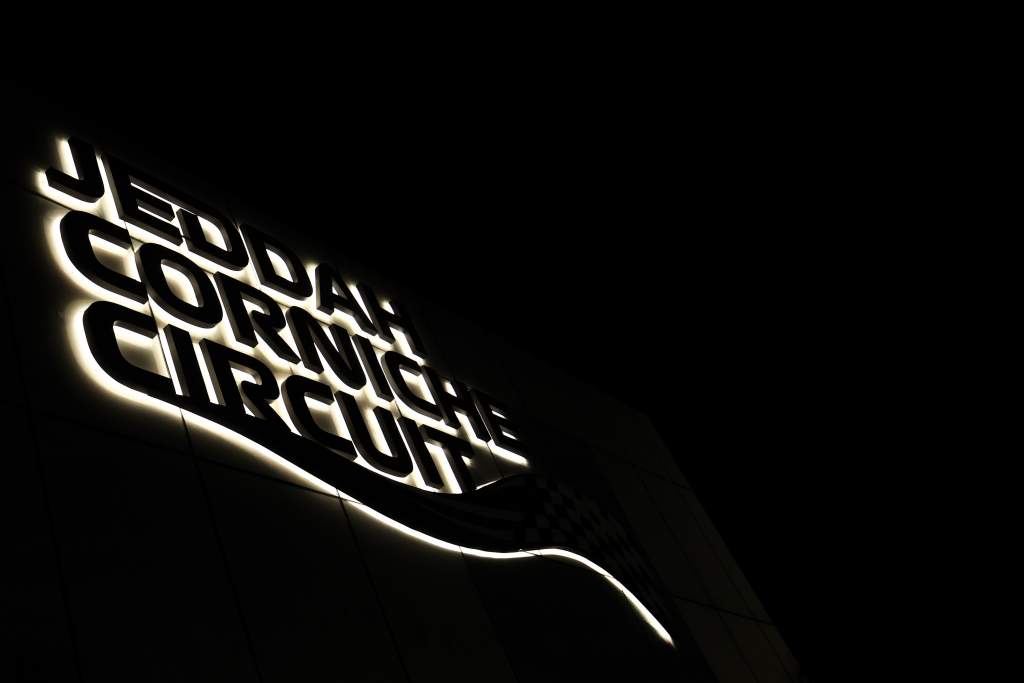The new Jeddah Formula 1 track “looks like an experiment of high-speed circuit plus walls” and has been likened to the high-speed sections of Macau and Baku.
F1’s inaugural Saudi Arabian Grand Prix takes place this weekend on the hastily built Jeddah Corniche Circuit, which is dubbed the fastest street track in the championship.
An average lap speed of more than 155mph has been predicted while the 27 official corners – many of which are flat-out kinks – have an estimated average speed of more than 130mph.
As it is a street circuit, most of the corners feature very little run-off and the sweeps are closely lined with barriers.
Ferrari’s Carlos Sainz said: “This looks like an experiment of high-speed circuit plus walls.

“We will need to see how it goes. It looks like the racing could be actually good fun.
“I just hope that everything is safe and that we don’t have any surprises.”
Other street tracks like the famous Macau Grand Prix venue and Azerbaijan’s Baku City Circuit have challenging, high-speed sections surrounded by barriers.
The Jeddah track has been compared to both places but in a more extreme way as it is a more consistently high-speed layout rather than have one or two specific quick sections.
“What a track,” said Alpine’s Esteban Ocon. “It’s more than impressive.
“I was just chatting with Lance [Stroll], it reminds us a bit of Macau, some parts of it.

“It’s going to be pushing the limits to what you can do on an F1 car and how close you can get to the walls at such speed.
“It’s very very high speed, easy to make a mistake, a proper street circuit. Something you will have to have balls for.”
Some observers have flagged safety concerns about the track, particularly has high-speed sections contain several blind corners and the lack of run-off means cars can crash heavily and then be put in harm’s way.
Sainz said: “The only thing that as drivers we’ve talked about is that if there’s a crash in front of you, three seconds in front of you, we are doing about 250[km/h] in every corner and there’s not going to be time for us to react because there’s a wall in between the crash and ourselves.
“We cannot see through walls. And this is maybe the only point to raise with the FIA just to stay sharp with yellow flags, on safety cars, red flags, because it’s gonna be an interesting one.”
AlphaTauri driver Pierre Gasly said the increased risk of a big crash here is something “we all thought about it”.

He echoed Sainz’s view, saying: “For the officials it will be important to be really fast and efficient to react.
“Wherever you shunt, the car will bounce back on the track and the average speed here is 250kph.
“It’s gonna be a busy weekend for the guys. They’re gonna be on top of it.”
The Jeddah track is a major departure from the usual design of new F1 circuits which often have extremely big run-off areas that cause them to be uncharitably described as ‘car parks’.
Sainz said: “I like modern circuits that have run-offs but the runoff isn’t asphalt. I just don’t like asphalt runoff, I like gravel, grass whatever it comes.
“But it’s nice to have street circuits, two, three, four a year – I think it changes the pattern.
“As a baseline F1 should have normal race tracks where they are fast tracks full of high-speed corners where you can extract everything out of a Formula 1 car – still be safe to do so but you do not gain an advantage by going out of the track.
“That is what happens in modern Formula 1 tracks nowadays. I think we as drivers are pretty clear it is what we want.”
GARY ANDERSON ON LEARNING JEDDAH TRACK

I used to want the drivers to go to every track thinking it was new, because it’s so easy to get into a rut driving the car. In reality everything’s quite different because you’ve got a different car to the year before. You can always experiment with the kerb use, where you can and can’t run wide, it’s another new experience.
But going to these last two races, that attitude is even more important.
The Jeddah track is obviously a new track. It’s got some very fast sections. It’s got no room for error. If you get it wrong, you’re definitely battering yourself against the walls.
Although a lot of the corners will be like a straight line for the car, it’s a flowing circuit.
From Turn 2 to Turn 12, you don’t want to get onto the wrong line. If you do, the track will be dirty because it’s new and you can pay the price pretty quickly.
You won’t have to worry about getting done for running wide over track limits. You’ll get done for taking two wheels off the car…
And it’s the same on the way back from Turn 14 right down to the start of sector three. It’s all a nice big slalom.
You’ve got to learn about all of that and how the flow is, and how you’d cater for getting off-line a little bit.




